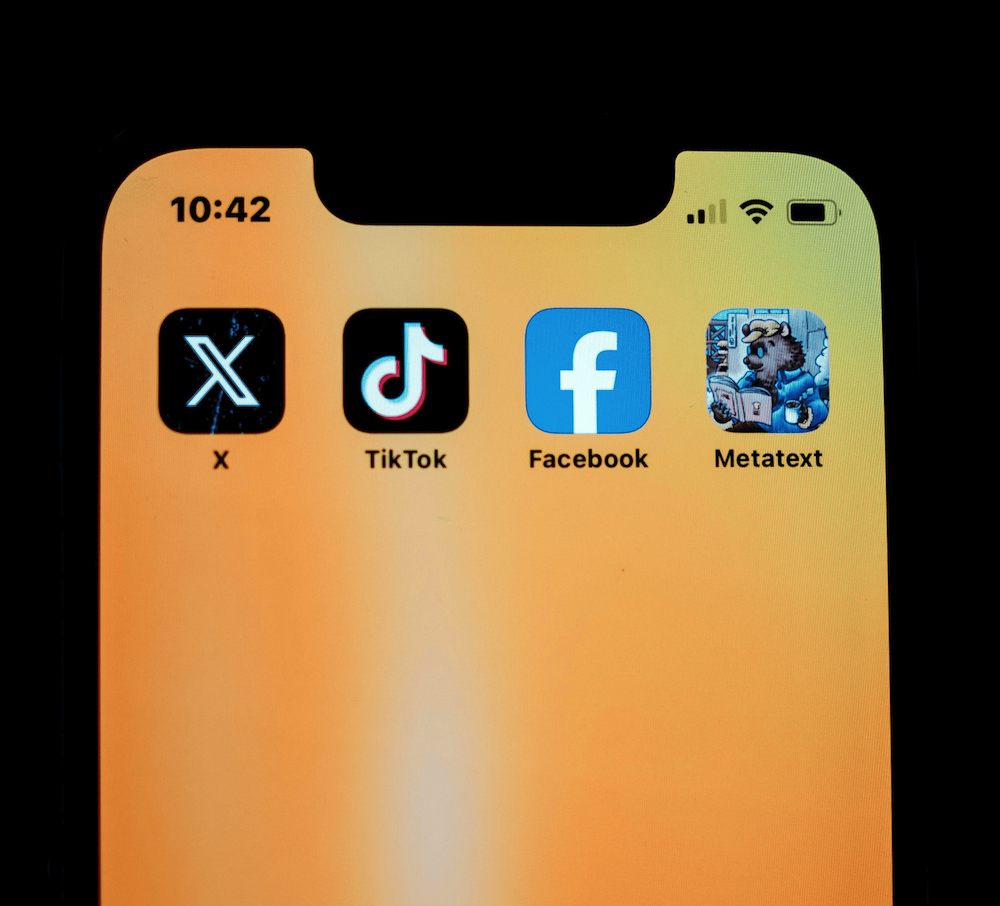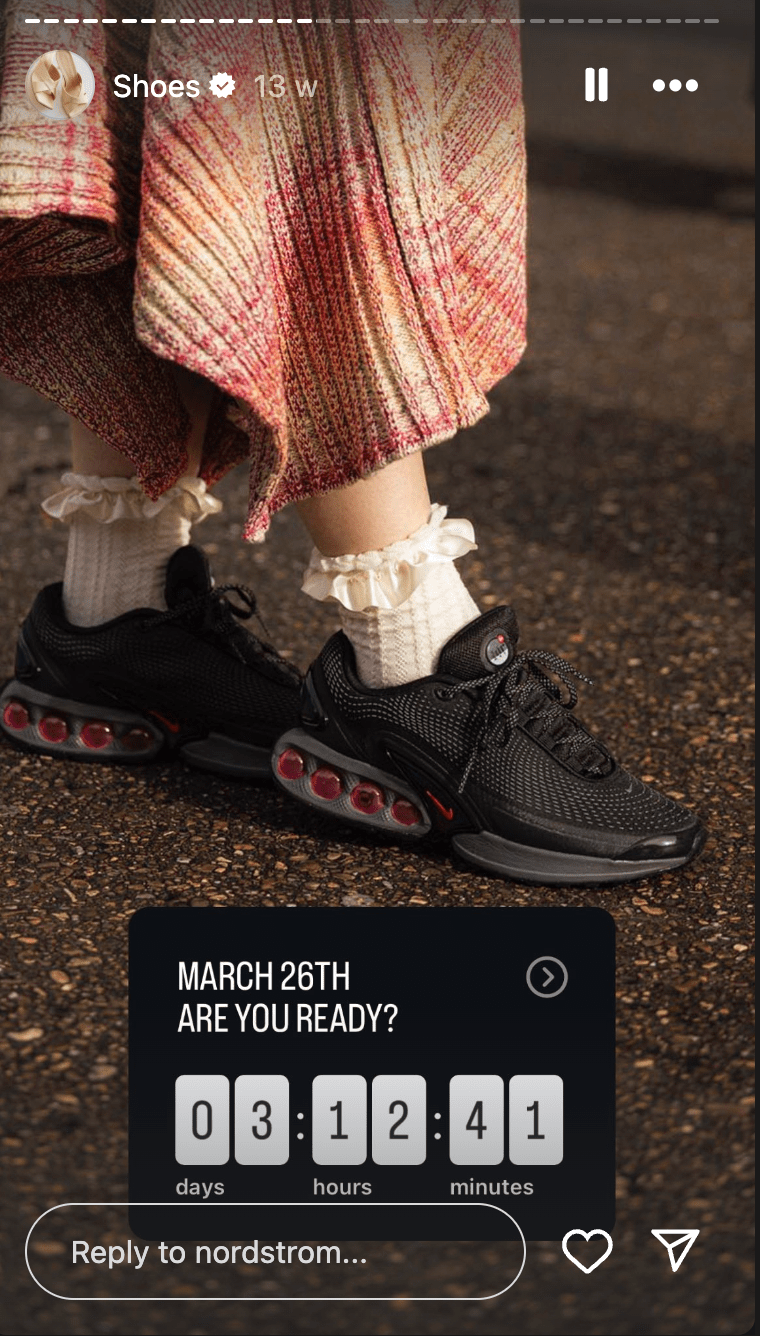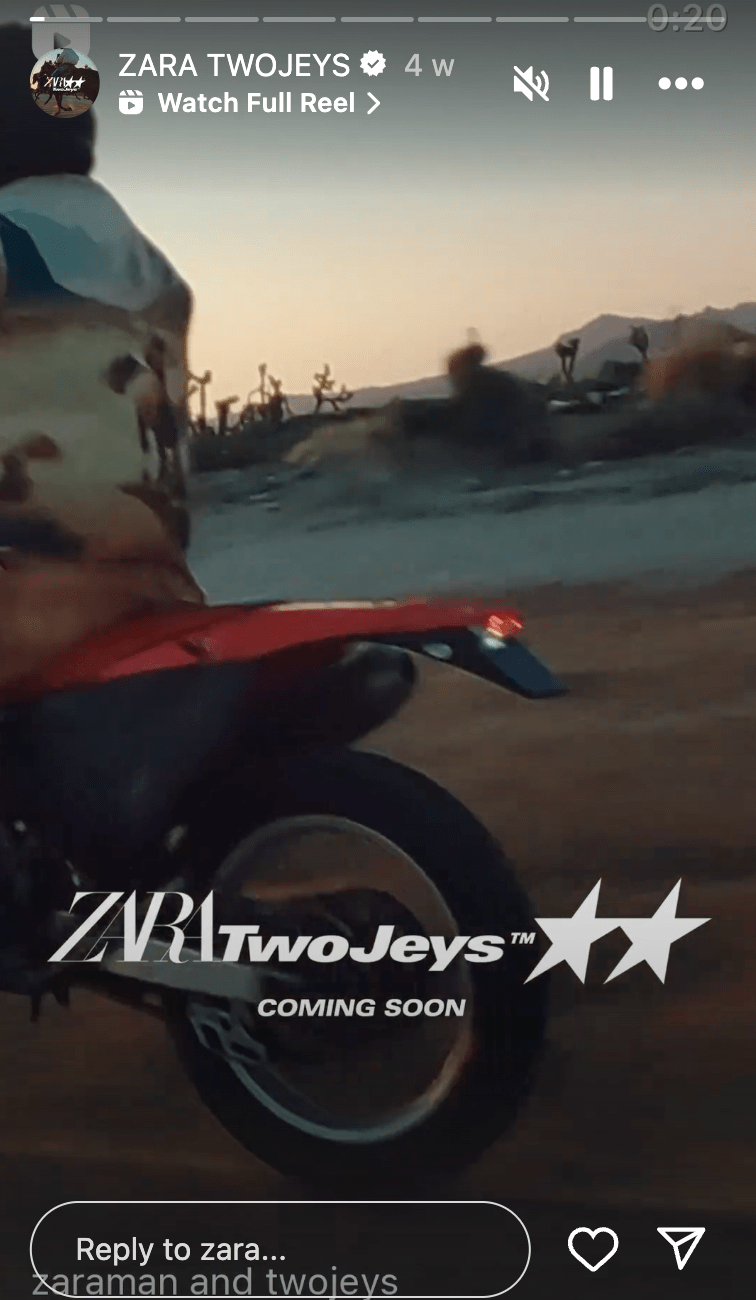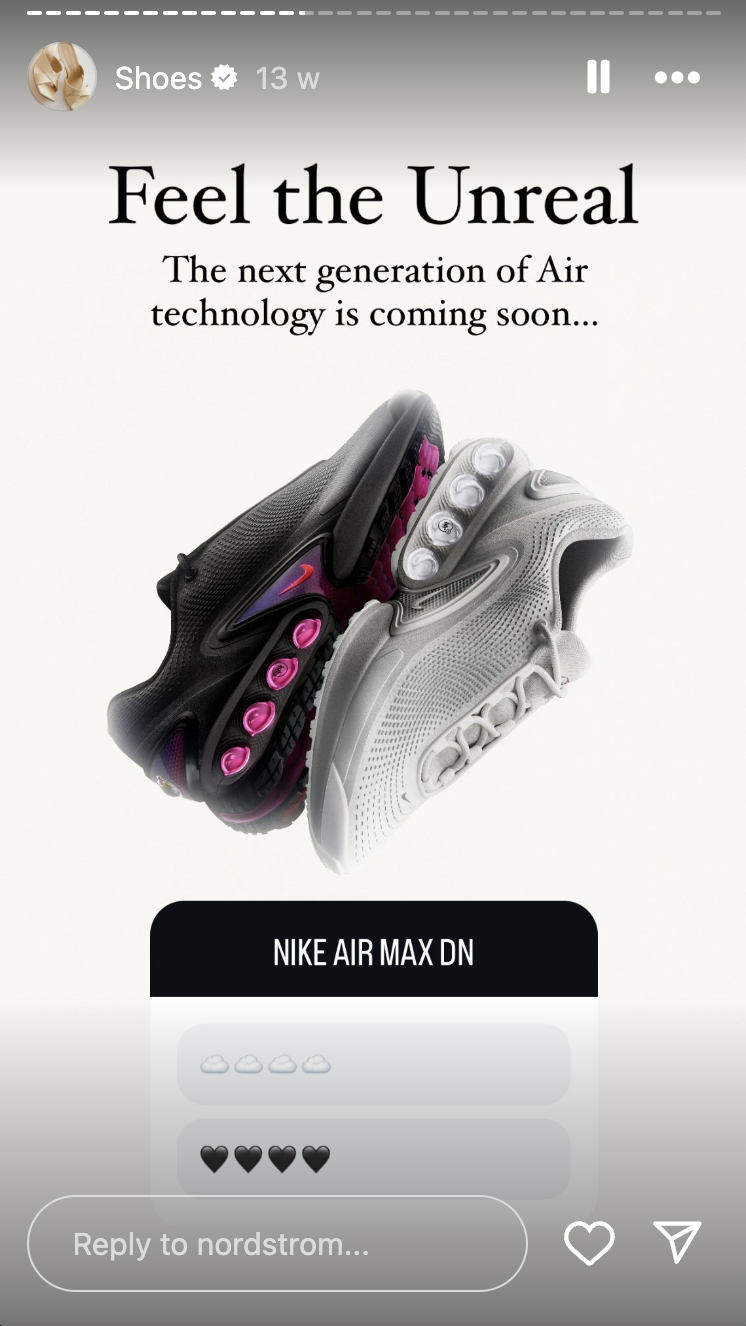
Marketing
Why are reviews important for your retail store?
Reviews guide customers as they make choices, foster trust, and can even give sales a significant lift. If your clothing...
How to Create Hype Around New Product Launch on Social Media?
Marketing

Social media has been revolutionizing how brands unveil new products by allowing direct connection with their target audience, making these platforms vital for any product launch.
Here’s why leveraging social media is essential:
Beyond just garnering likes or shares, successful social media campaigns build anticipation, boosting brand awareness and engagement rates. They also foster a strong community that supports brand loyalty and advocacy.
In this article, we dive into the best strategies to execute a product launch on social media.
Check out: Best strategies to promote your boutique
Planning a product launch on social media is an art form that combines strategy with creativity. To ensure you’re fully prepared, follow these essential steps:
Setting clear goals is pivotal for any thriving product launch on social media.
Start by pinpointing your objectives, which could range from elevating brand awareness to driving sales or generating leads.
Understanding who you are trying to reach is crucial. Analyze demographic data (age, gender, income level), psychographics (interests, values, lifestyle), and behavioral data (purchasing habits, brand loyalty) to shape your campaign.
Tools like Google Analytics and Facebook Audience Insights are invaluable in this process, helping you choose platforms where your audience is most active and engaged.
A well-organized content calendar keeps everything on track. Your content calendar should also include:
To keep your calendar full, brainstorm ideas regularly by considering a mix of content types such as teasers, countdowns, behind-the-scenes glimpses, and user-generated content.
Gradually release all that information to keep your audience intrigued. As the launch date approaches, increase the frequency of posts to maintain excitement
Use social media management tools like Hootsuite or Buffer to schedule your posts efficiently. This helps maintain a consistent presence on social media, crucial for building momentum up to the launch.
Check out: Best engagement interactive posts
Let’s take a closer look at how you can build up great hype around your products on your social media accounts.
Countdown stories should be your first step. These can effectively keep the excitement bubbling up to your product launch.
Start by sharing daily sneak peeks – these could be subtle glimpses or behind-the-scenes clips that spark curiosity without giving too much away.
Each story can highlight different aspects of the product, like its features or unique selling points, using Instagram’s and Facebook’s countdown stickers to remind your audience of the launch date.

Sharing behind-the-scenes content is a fantastic way to build up even more anticipation and create a personal connection with your audience.
People love seeing the journey of product development and getting a glimpse into the effort that goes into creating something new.
For example, posting an Instagram caption like “A sneak peek of our upcoming product! Can you guess what it is?” has a great chance to increase engagement.
Don’t hesitate to introduce team members working on the product as well. This humanizes your brand and builds a connection with your audience.
Transparency about the challenges and successes encountered adds more to the authenticity of your store and allows your audience to root for your success.
Augmented reality (AR) filters offer a fun and immersive experience that encourages users to interact and share their experiences widely.
Here’s how AR filters can enhance your product launch:
By partnering with influencers who align with your brand values, you can tap into their followers, extending your reach and enhancing your campaign’s credibility.
Influencers should be chosen not just for their audience size but for their engagement and genuine connection with their followers.
Here are a few key considerations for effective influencer collaborations:
Interactive video content can help tremendously in turning passive observers into active participants.
Create a video where products are revealed progressively as viewers answer trivia questions or engage with the content in other ways. This gamification of the viewing experience can keep the audience engaged longer and build excitement around the product reveal.
You can also try hosting live sessions where you demonstrate the product’s features in real time. Encourage viewers to ask questions and provide feedback during the live stream, making it a two-way conversation.
Themed hashtag challenges can be crafted by creating a unique and memorable hashtag related to your new product.
This hashtag should be catchy, relevant, and easy to remember. Encourage your audience to use this hashtag by sharing their own content, such as photos or tips related to your product.
To incentivize participation, offer rewards like free samples, discounts, or shoutouts on your social media pages.
Promote this initiative across all your platforms, highlighting user submissions to boost visibility and foster a sense of community.
Check out how Guess has been promoting their denim collections on TikTok with their #inmydenim hashtag.
@ourfire Don’t you wish getting ready was this easy? 😂❤️🔥 #inmydenim #sponsored @guess ♬ #inmydenim I’m a Mess – Bebe Rexha
Check out: Best AI social media tools
To create exclusivity around your product launch, start by offering sneak peeks or behind-the-scenes glimpses to a members-only group, for instance, newsletter subscribers.
Enhance this exclusivity by providing early access to detailed product information or introducing your audience to the product launch process.
Engage your special members further with interactive content such as polls, live Q&A sessions, and surveys, allowing them to contribute their views and feel part of your brand’s journey.
Check out: How to use ChatGPT for social media?
Engaging with your audience on social media during a product launch is crucial. Here are some stellar examples from fashion stores that nailed it:
Zara uses Instagram Stories to share quick sneak peeks of their upcoming collections.
They post a series of short clips which allows them to build curiosity and keep followers eagerly awaiting the full reveal.

H&M frequently collaborates with influencers who resonate with their brand values.
They feature influencers wearing pieces from new collections in styled photoshoots. The posts often include swipe-up links to shop directly, seamlessly blending inspiration with action.
Nike uses X to create countdown posts leading up to a launch date. They tweet daily hints and reminders, often featuring cryptic messages or images related to the new product.
This strategy keeps the audience engaged and heightens anticipation.
ASOS runs hashtag challenges on TikTok, encouraging users to create content featuring their products for a chance to be featured on ASOS’s official page.
This tactic harnesses the power of user-generated content and broadens reach organically.
Burberry introduced a custom AR filter on Snapchat that allows users to virtually try on items from their latest collection.
This interactive experience not only engages users but also provides a fun way to explore new products.
🛍 Fashion brand @Burberry partners with @Snapchat to create an in-store #AR #game experience https://t.co/msFafG4abG
More on the opportunities for #fashion #storytelling & #AugmentedReality 👉 https://t.co/znOAmyH5AL
🎥 #Burberry #Snapchat #retail pic.twitter.com/9n71pAMXp2
— Dr. Helen Papagiannis, Ph.D. (@ARstories) September 9, 2020
Nordstrom uses Instagram Story polls to engage followers by asking them to vote on different aspects of upcoming products, such as color choices or design features.
This interactive element makes followers feel involved in the creation process.

Making use of social media for a product launch can drastically enhance your campaign’s effectiveness.
Key steps include setting clear goals, pinpointing your target audience, and carefully planning your content calendar.
To discover what best suits your brand, don’t forget to try out as many of the strategies we discussed above and see which ones resonate most with your audience. Keep an eye on the metrics to evaluate the impact of different tactics, and adjust your approach based on those insights.
What is dropshipping?